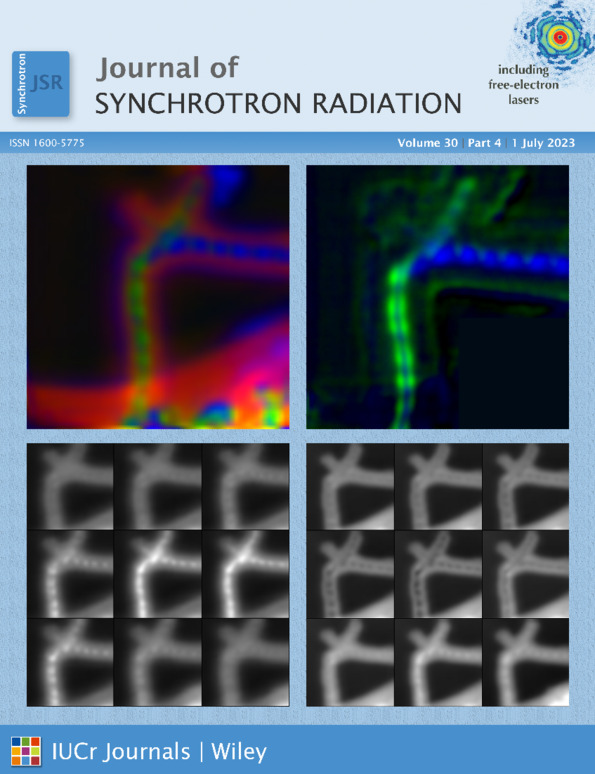FlexPES: a versatile soft X-ray beamline at MAX IV Laboratory
Abstract
FlexPES is a soft X-ray beamline on the 1.5 GeV storage ring at MAX IV Laboratory, Sweden, providing horizontally polarized radiation in the 40–1500 eV photon energy range and specializing in high-resolution photoelectron spectroscopy, fast X-ray absorption spectroscopy and electron–ion/ion–ion coincidence techniques. The beamline is split into two branches currently serving three endstations, with a possibility of adding a fourth station at a free port. The refocusing optics provides two focal points on each branch, and enables either focused or defocused beam on the sample. The endstation EA01 at branch A (Surface and Materials Science) is dedicated to surface- and materials-science experiments on solid samples at ultra-high vacuum. It is well suited not only to all flavours of photoelectron spectroscopy but also to fast (down to sub-minute) high-resolution X-ray absorption measurements with various detectors. Branch B (Low-Density Matter Science) has the possibility to study gas-phase/liquid samples at elevated pressures. The first endstation of this branch, EB01, is a mobile setup for various ion–ion and electron–ion coincidence techniques. It houses a versatile reaction microscope, which can be used for experiments during single-bunch or multi-bunch delivery. The second endstation, EB02, is based on a rotatable chamber with an electron spectrometer for photoelectron spectroscopy studies on primarily volatile targets, and a number of peripheral setups for sample delivery, such as molecular/cluster beams, metal/semiconductor nanoparticle beams and liquid jets. This station can also be used for non-UHV photoemission studies on solid samples. In this paper, the optical layout and the present performance of the beamline and all its endstations are reported.




